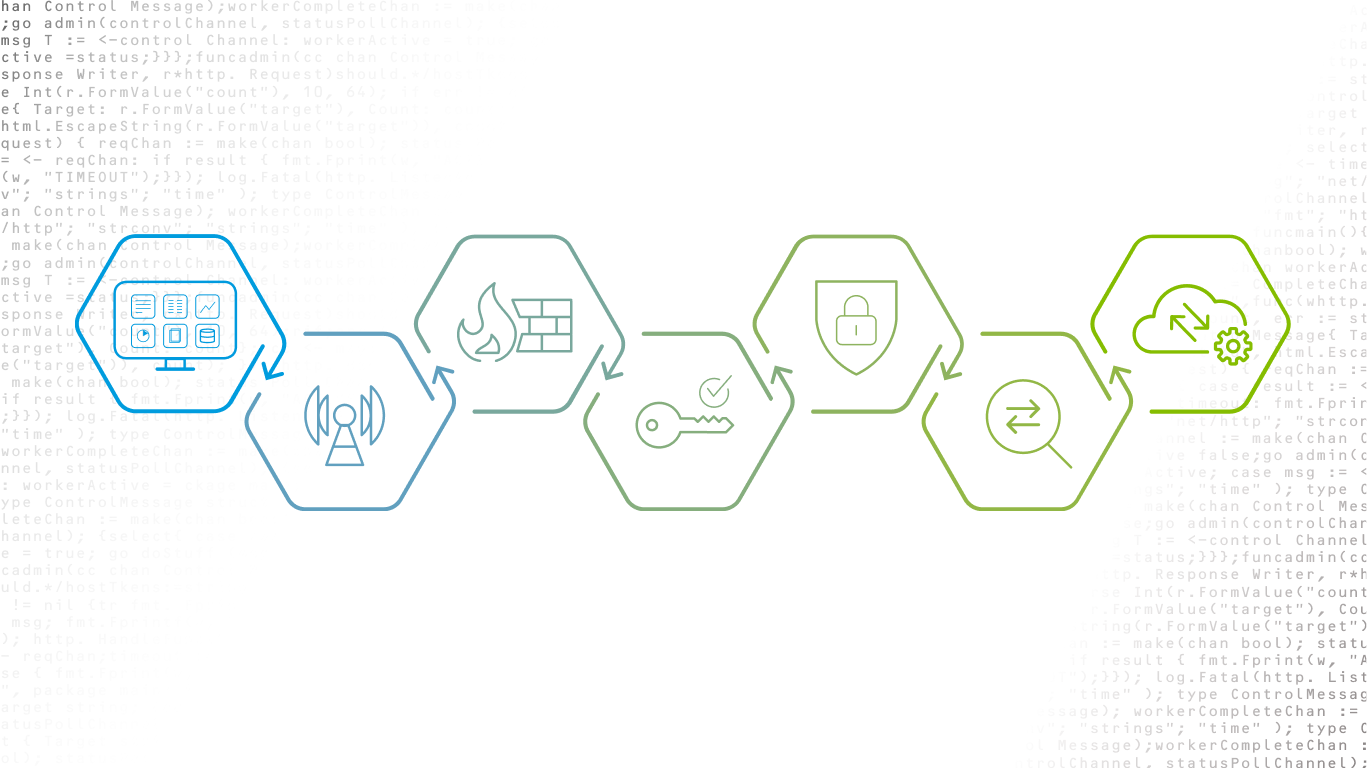Image & Video Manager: Product Brief
29/09/2022The Future of Customer Experience in Financial Services
06/10/2022An actionable guide to less risk
Schedule a Complimentary Workshop

Deployment of new architectures should be simple and able to be executed in phases over time. It would be rare for a company to convert its entire infrastructure overnight. As Zero Trust security itself is a strategy, so too is its deployment. The best approach to reaching a Zero Trust framework is to start with a single use case, or a vulnerable user group, for validation of the model. Below are the most common ways we have seen customers begin their transition to a Zero Trust security architecture.
How to Guide: Zero Trust Security Transformation
Adopt Identity-Aware Access
Implementing a Zero Trust Access model should be a core component of your security transformation. Not sure where to start? We recommend focusing on a few pain points or user groups.
Multi-Cloud Environment
Using multiple clouds for your corporate applications — private, public, and hybrid — can reduce costs, enable flexibility, and accelerate digital transformation. But a multi-cloud reality also creates complexity and a lack of visibility, exposing your organization to risk.
Expanding User Ecosystem
Your third-party contractors, partners, suppliers, remote workers, and even newly acquired users from mergers and acquisitions all benefit — even accelerate — your business. But provisioning access for this varied and fluid ecosystem introduces risk, increases costs, and creates complexity.
VPN Elimination
Your mobile workforce and cloud-based applications are at odds with your legacy and appliance-based access solutions. Traditional VPNs, proxies, and RDPs drive up operational costs, monopolize already-scarce IT resources, and open your business to risk.
Edge-delivered, identity-aware access can tackle each of these use cases, empowering you to deliver applications to users whenever and wherever they need it — securely.
Deploy Intelligent Threat Protection
Providing a secure path to resources on the open Internet is vital to enforcing a Zero Trust security framework. This doesn’t need to be daunting. You can start with a single pain point or vulnerability.
Increasing Threat Landscape
Your workforce needs the Internet to do their jobs, but malware, phishing, zero-day threats, and data breaches loom. On-premises security solutions that rely on traditional control points lack the visibility, scalability, intelligence, and real-time response your cloud-first world needs.
Branch Direct Internet Access (DIA)
Though DIA meets your SaaS-heavy and cloud-first requirements, it renders your traditional security solutions that depend on central control and inspection obsolete. But replicating your security stacks across users, devices, and geos is expensive, introduces risk, and wastes IT resources.
Guest Wi-Fi and AUP Concerns
Every day, visitors, customers, suppliers, partners, and employees connect to your networks. All pose a threat — intentional or inadvertent. Without the appropriate visibility and controls, your data, workloads, and devices are at risk and your hard-earned brand reputation is on the line.
Edge-delivered, real-time threat prevention can help you meet these challenges, securing your users, devices, networks, and data — simply.
Assess Your Zero Trust Maturity
As you consider security architecture transformation, it’s important to benchmark your starting position to identify areas for wins and measure Zero Trust maturity as you evolve.
- Application-layer access and defenses
- Network infrastructure isolation
- Threat detection and Internet traffic visibility

Akamai IT Adopts Zero Trust
Akamai is one of the few vendors that has not only embraced Zero Trust as part of their go-to-market, but is also deeply engaged on their own internal Zero Trust journey. The vendor published their own Zero Trust learning and education course to help familiarize their customers and the industry on the benefits and specifics of the strategy.”
The Forrester Wave™, Q4 2019

Hear from Akamai’s Senior Director, IT Risk and Security
